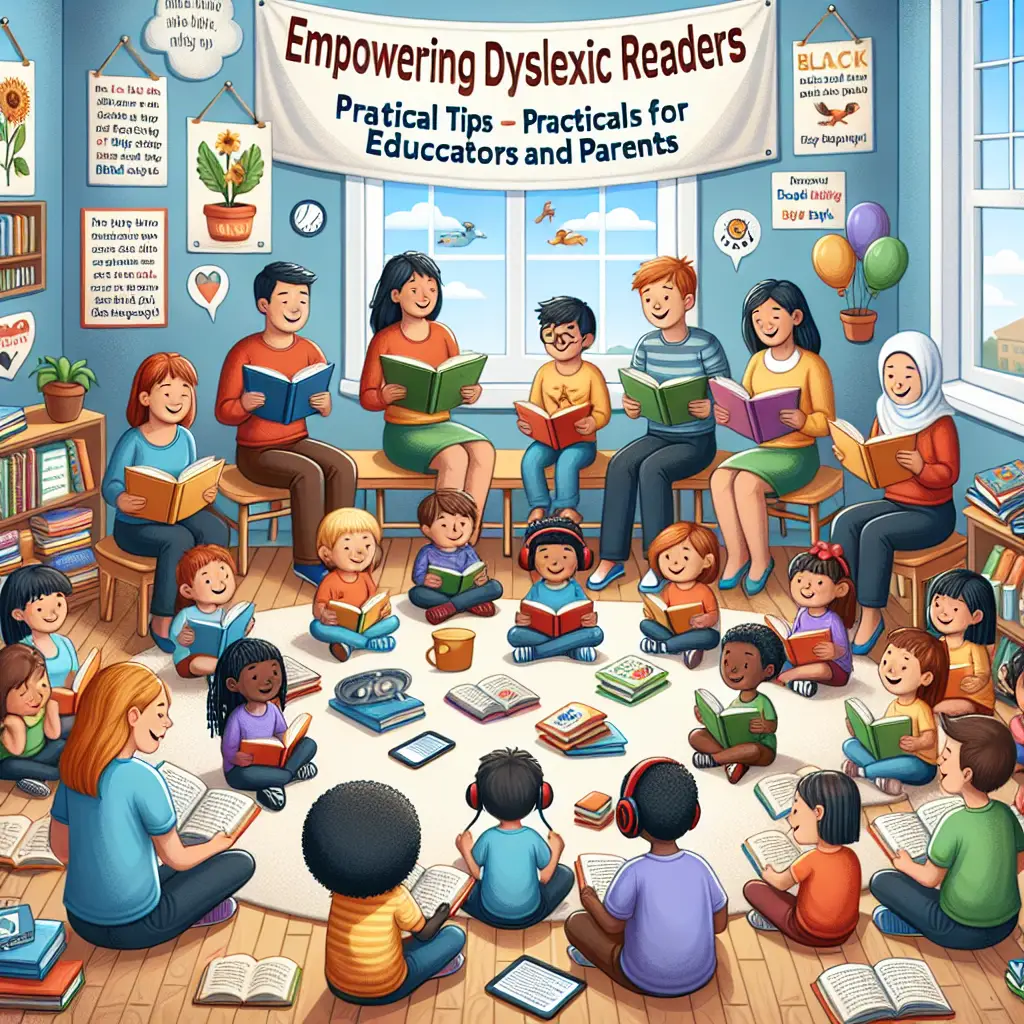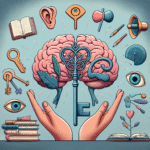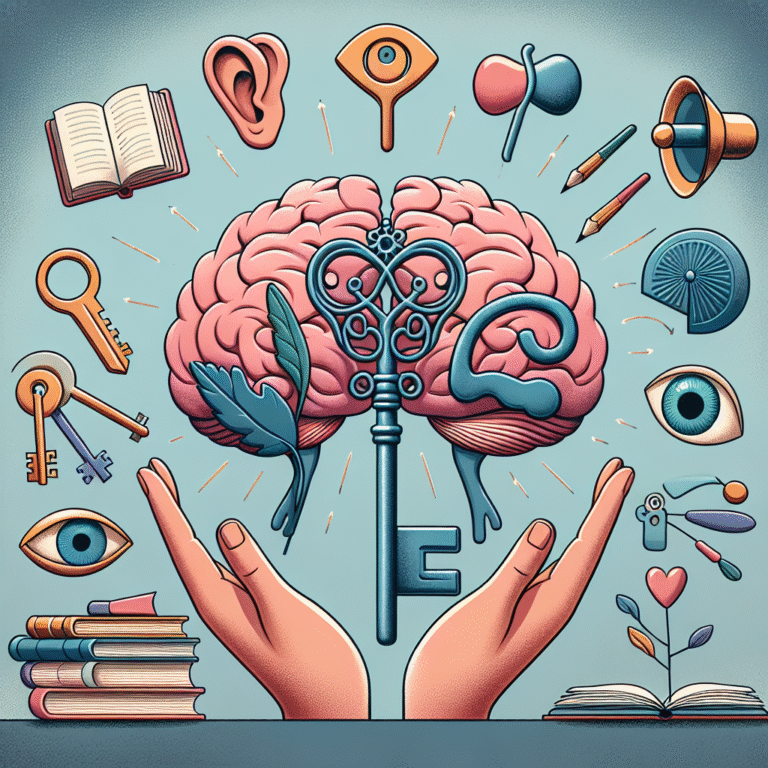
Empowering Dyslexic Readers: Proven Tips for Educators and Parents
Introduction
In a world increasingly dependent on reading and writing, the importance of literacy cannot be overstated. For dyslexic readers, this journey can be particularly challenging. Dyslexia affects approximately 10% of the population, yet the strategies to support these learners are often underutilized in classrooms and homes. Empowering dyslexic readers begins with understanding their unique needs and employing tailored techniques that foster resilience, confidence, and comprehension. In this article, we will explore Empowering Dyslexic Readers: Practical Tips for Educators and Parents, providing you with actionable insights, real-world applications, and motivational strategies to make the literary world accessible and enjoyable for dyslexic children.
Understanding Dyslexia: A Brief Overview
Dyslexia is primarily a language processing disorder, impacting reading fluency and comprehension. Children with dyslexia may struggle with decoding words, recognizing phonemes, and spelling; however, they often demonstrate strong verbal skills and creative thinking. Recognizing that dyslexia is not a reflection of a child’s intelligence is crucial for educators and parents alike. The focus should not only be on overcoming weaknesses but also on harnessing strengths.
Common Myths About Dyslexia
Before diving into practical tips, it’s vital to dispel some common myths that can hinder the empowerment of dyslexic readers:
Myth: Dyslexia is caused by poor teaching.
- Reality: Dyslexia is a neurological condition, not a result of inadequate instruction. Structured literacy is crucial for teaching dyslexic readers effectively.
Myth: Dyslexic individuals cannot read.
- Reality: With appropriate support, dyslexic readers can learn to read and often develop innovative strategies that enhance their understanding.
- Myth: Dyslexia only affects reading.
- Reality: Dyslexia can also impact organization, time management, and even the ability to follow multi-step directions.
We must equip ourselves with knowledge and understanding, as this fosters empathy and effective strategies in support of dyslexic learners.
Empowering Strategies for Dyslexic Readers
1. Create a Supportive Learning Environment
The Importance of Environment
A nurturing space can significantly impact the learning journey of a dyslexic child. Here’s how to create an empowering environment:
Minimize Distractions: Keep the learning space organized and free from excessive noise or clutter.
Build Comfort: Encourage students to personalize their space with items that make them comfortable, such as cushions or familiar books.
- Utilize Assistive Technology: Tools like text-to-speech software and audiobooks can enhance learning and comprehension for dyslexic readers.
2. Implement Multisensory Teaching Techniques
The Power of Multisensory Learning
Empowering Dyslexic Readers: Practical Tips for Educators and Parents often includes the integration of multisensory instructional methods, which engage multiple senses to enhance retention and comprehension.
| Technique | Description | Effectiveness |
|---|---|---|
| Visual aids | Use images, diagrams, and color-coding | Increases engagement |
| Auditory methods | Read-aloud sessions and rhymes | Strengthens phonemic awareness |
| Kinesthetic activities | Involve movement through activities like letter formation with playdough | Enhances memory through physical engagement |
3. Encourage a Love for Reading
Building a Reading Culture
To instill a love for reading in dyslexic children, it’s essential to offer books that interest them, regardless of their reading level. Use graded readers and graphic novels to provide enjoyable yet manageable content.
Case Study: A Library Initiative
A local library in New York launched a "Dyslexia-Friendly Books" program. With specially curated collections focused on dynamic illustrations and engaging narratives, the program led to a 30% increase in library visits among dyslexic children. This initiative emphasizes the importance of accessible reading materials and fostering a positive reading culture.
4. Leverage Technology
Digital Tools and Applications
There are numerous educational apps and tools tailored for dyslexic readers. Some popular options include:
- Ghotit: Specifically designed for individuals with dyslexia, this app provides spelling correction and writing assistance.
- Learning Ally: A comprehensive library of audiobooks that deliver essential content across various subjects.
These tools make it easier for dyslexic readers to access information and participate fully in learning activities.
5. Foster a Growth Mindset
Empowering Self-Belief
Encouraging a growth mindset is vital for helping dyslexic children view challenges as opportunities for growth. Use positive reinforcement and celebrate small victories, reinforcing the notion that effort leads to improvement.
Case Study: Growth Mindset Workshops
An elementary school in California implemented weekly workshops focusing on growth mindset principles. Educators reported noticeable shifts in students’ attitudes, particularly among those who struggled with reading and writing, leading to increased participation and enthusiasm.
Addressing Common Concerns
1. How can parents support their dyslexic child at home?
Parents can assist by creating a positive reading environment, using audiobooks, and maintaining communication with teachers to align strategies at home and school.
2. What role does early intervention play?
The earlier the intervention, the more effective the support can be. Early detection and targeted teaching methods can mitigate challenges and build confidence.
3. Can dyslexic readers succeed academically?
Absolutely! With the right techniques, dyslexic students can excel academically, especially when their strengths are highlighted and nurtured.
4. Should dyslexic readers be segregated in classrooms?
Inclusion is critical for all learners. Integrating dyslexic children with peers enhances social skills and fosters a supportive learning atmosphere where diversity is celebrated.
5. Is dyslexia a lifelong condition?
While dyslexia is a lifelong condition, the strategies and skills learned early on can greatly improve a person’s reading abilities, enabling them to manage dyslexia effectively throughout life.
6. What assessments are necessary for identifying dyslexia?
Standardized reading assessments and phonological processing tests can identify dyslexia and inform tailored teaching methods. Consulting with a psychologist or a specialist in learning disabilities can aid in this process.
Conclusion
Empowering dyslexic readers is not merely a professional obligation for educators and a parental duty; it is an opportunity to unlock the potential within each child. By implementing practical tips, fostering an inclusive environment, and utilizing technology, we can ensure that dyslexic readers feel supported, motivated, and confident in their abilities. Understanding dyslexia, embracing its unique challenges, and celebrating the accompanying strengths creates a pathway where no child is left behind.
As we conclude on Empowering Dyslexic Readers: Practical Tips for Educators and Parents, let’s remember: the goal is not just to teach reading, but to cultivate a lifelong love of learning—one where every word opens a new door.
In a world where literacy is often seen as a rite of passage, let’s actively work to ensure that all children, particularly those with dyslexia, not only have access but also the means to thrive. Empowerment is the key to transforming challenges into victories, and through our combined efforts, we can make a significant impact on the lives of dyslexic readers.






